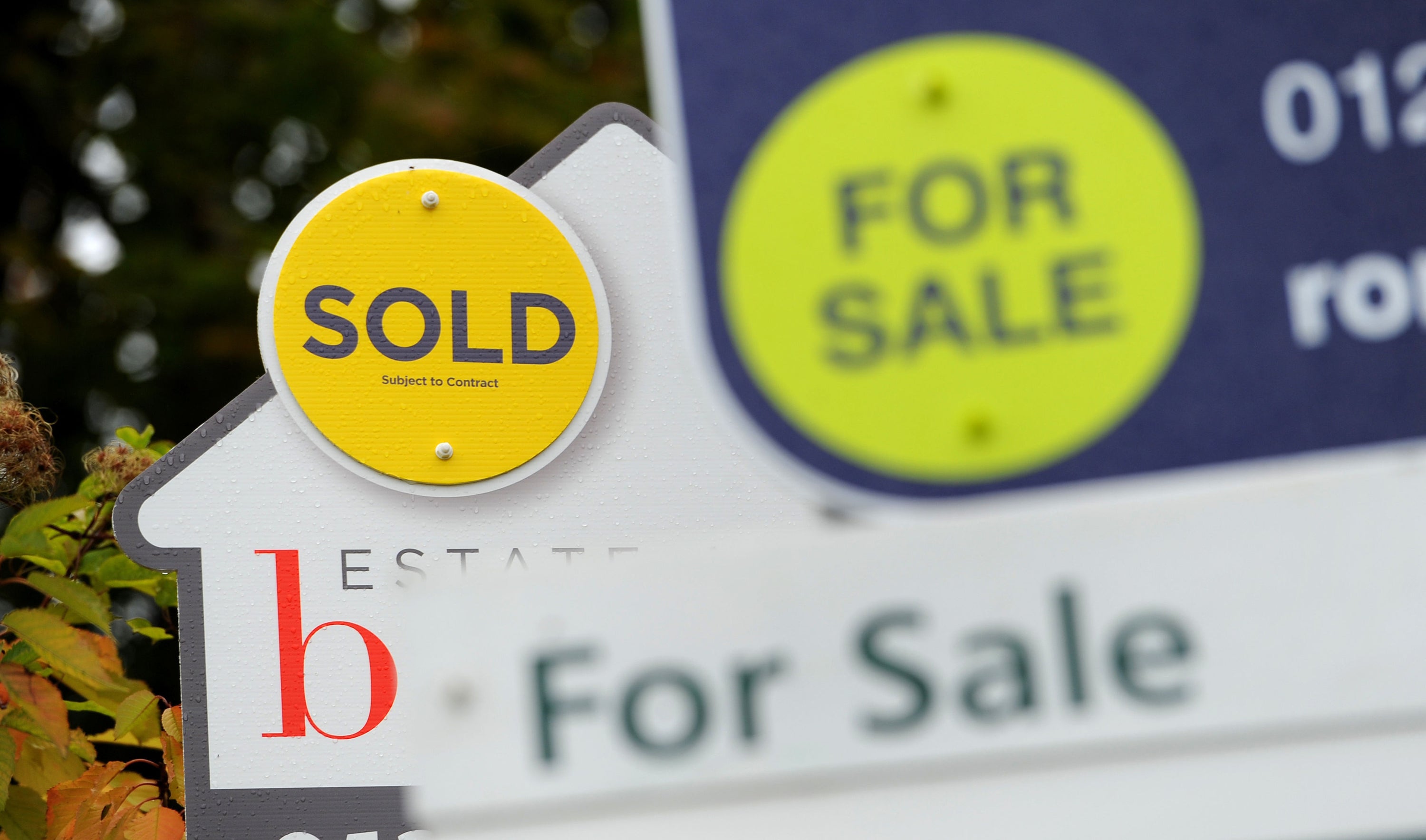Home owners shelled out almost £1,400 less than renters through 2021 but both face appalling costs
Halifax’s figure is striking but both sectors face the problem of a lack of supply, writes James Moore


Pity the poor tenants in the rental sector. Poor being the operative word, based on figures from the Halifax.
Housing costs make them a lot worse off than owner-occupiers if they’re in the private rented sector. According to the lender, homeowners’ costs were £1,378 less than those of tenants in 2021 across the UK.
Now, it’s true that Halifax has an interest here. It is owned by Lloyds Banking Group, which is Britain’s biggest lender. Promoting home ownership is in its DNA. A figure like that shows off its benefits to great effect.
However, it probably won’t come as a great surprise.
Halifax’s data, based on a three-bedroom house, a typical first-time-buyer property, goes back to 2008 and during that time the gap has at points during that time been narrower. But it has also been quite a bit wider too.
It stands to reason that renting will cost more when the costs are evened out. The tenant, if not in subsidised social housing, will be paying the owner’s costs, risk premium, and profit margin.
True, the buyer has to scrape together a deposit, usually at least 5 per cent of their property’s value. Higher is obviously better because they’ll get a better deal on the mortgage that way.
But that counts as an investment. Not only will the capital outlay reduce the buyer’s housing costs over time, it is the first step in the purchase of an asset, one which should eventually reduce those costs to near zero, with the exception of repairs and maintenance.
Getting on the ladder would therefore appear to be the smart thing to do, even today with house prices having taken off like one of Elon Musk’s space toys. That is, if you can.
Rents have, anyway, been on the same trajectory. Landlords’ “void” periods – when a property sits vacant – have also fallen according to an analysis rental portal Rentd put out a couple of weeks back.
Private sector tenants’ rights are also quite limited. They can be turfed out at relatively short notice if and when the landlord decides that it’s time to sell up and book their gains.
All in all it is not a particularly attractive option, certainly not when compared to other parts of the world where renting is the norm and tenants see their residences as their homes. It can be quite to do that in Britain’s private rented sector.
It certainly helps to explain why government-sponsored schemes designed to help people get on to the first rung of the housing ladder have proved so popular, even if they are ultimately self-destructive through adding fuel to an overheating market.
But while renting may not be the cheapest (or the most economically rewarding) option, it remains the preferred option for some and the only option for others.
It is thus a sector ripe for reform, and at a faster pace than at present.
The key problem for both sectors, however, ultimately remains a lack of supply. Addressing that has repeatedly been dashed on the altar of the nimbyism that seems endemic to the Tory shires.
So buy if you can, I suppose. Even if the market slows a bit – and it should do that as interest rates rise and affordability declines – the fundamentals will keep it supplied with all the high-grade fuel it needs, fuel which will continue to keep the price of properties uncomfortably high whether that is for renters or for prospective buyers looking at Halifax’s numbers.






Join our commenting forum
Join thought-provoking conversations, follow other Independent readers and see their replies
Comments